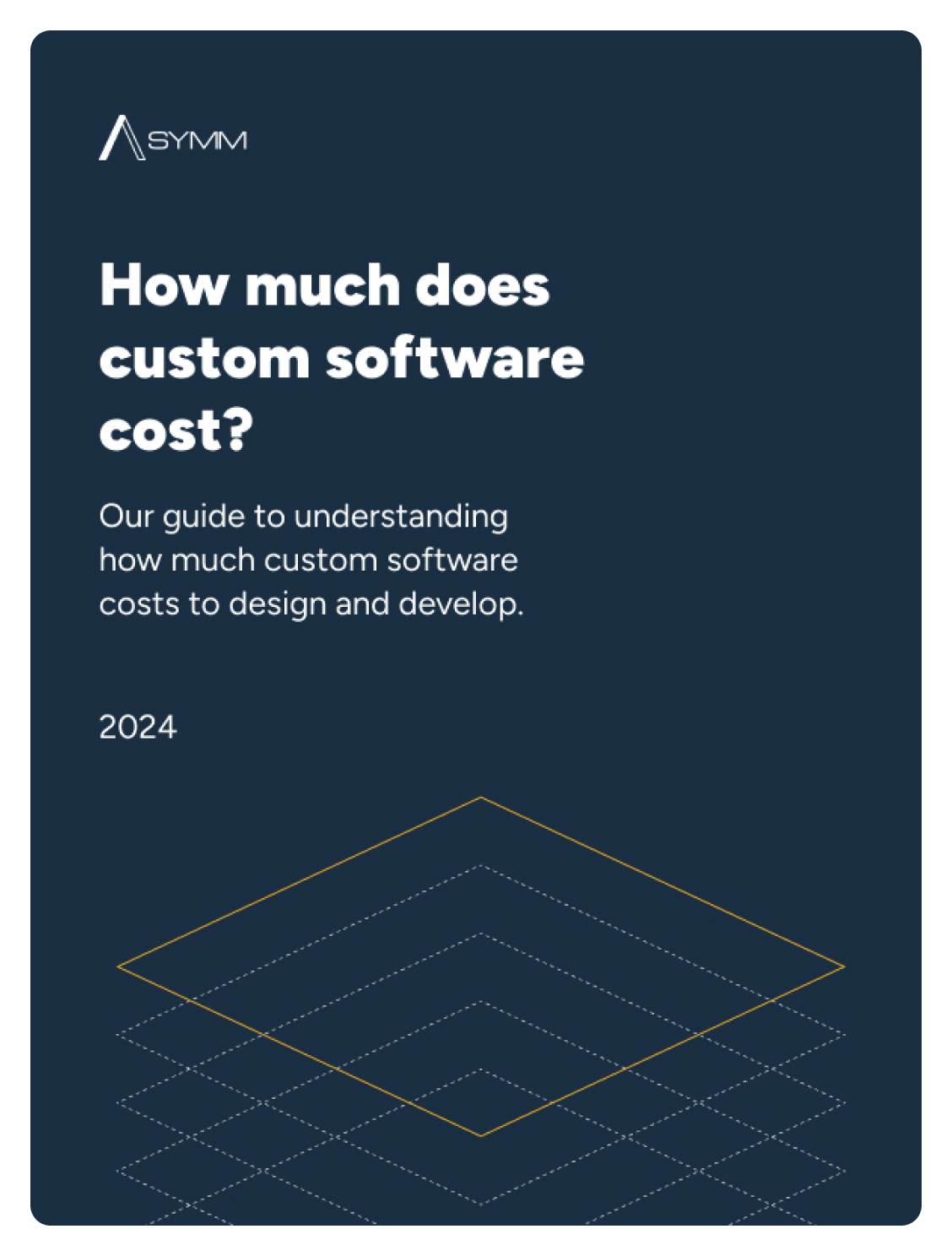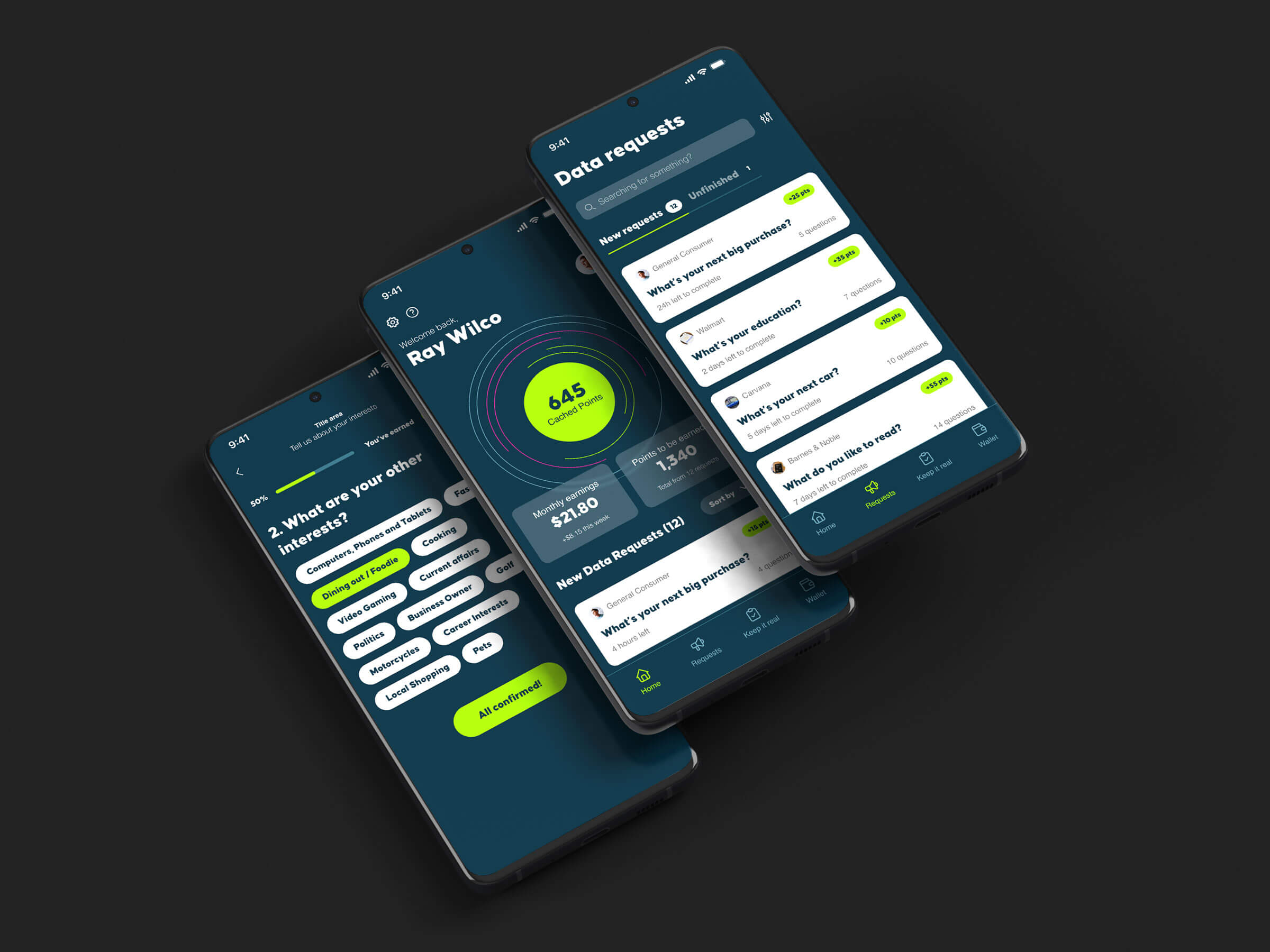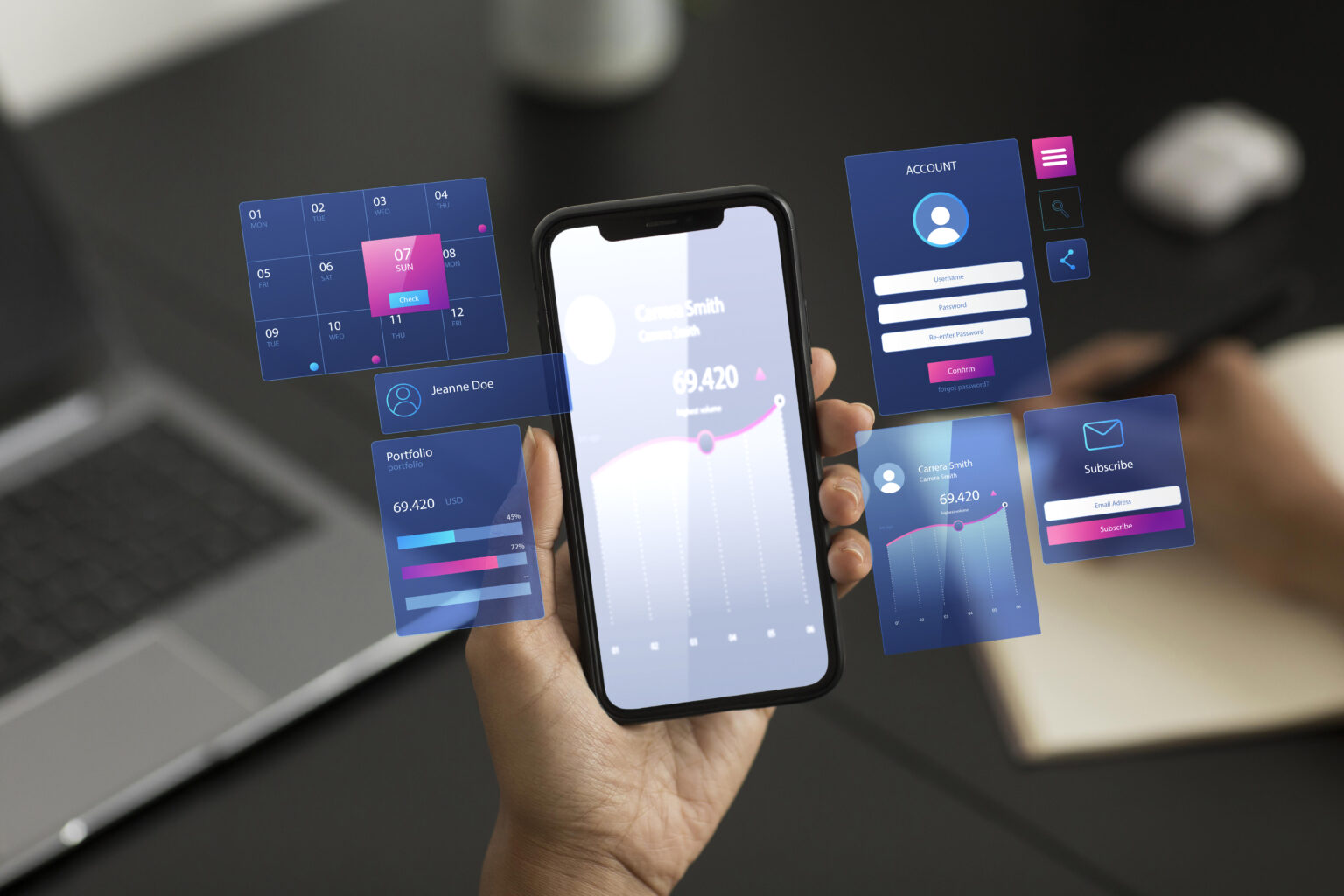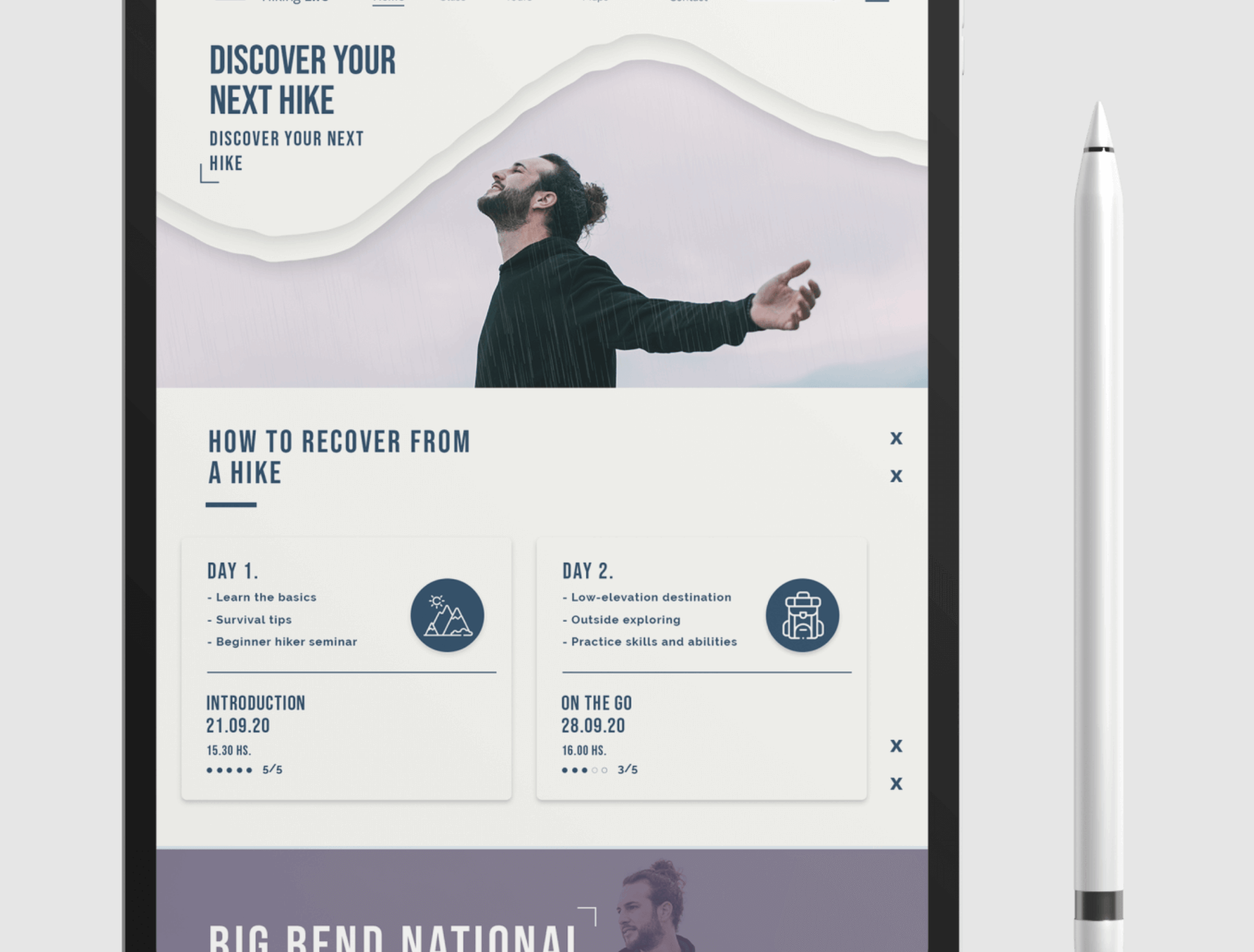What our guide covers:
-
Dive into the price ranges for diverse software builds such as mobile applications and SaaS platforms.
-
Explore the critical factors influencing price differentials, such as software size, complexity, design creativity, and more.
-
Gain valuable insights into project lengths and discover adaptable pricing models.
-
Uncover the advantages of Nearshore Project Outsourcing and Nearshore Staff Augmentation.
-
Learn about the often-overlooked aspect of maintenance costs, covering from to adaptive adaptive measures.

We are here to help!
Prepare for a successful software development journey by understanding the full scope of costs, and reach out for a personalized project estimate tailored to your needs. Your software vision awaits - unlock its true potential with Asymm.












